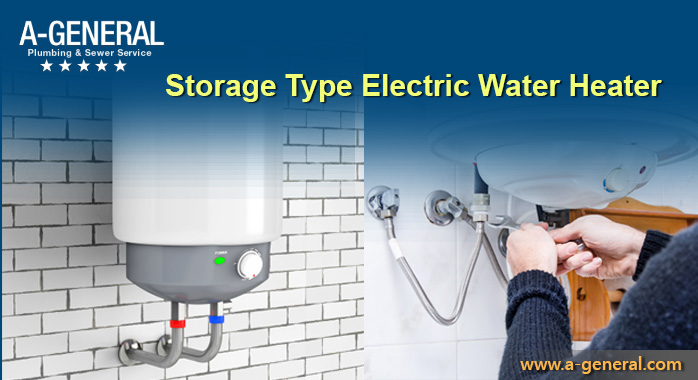The process of water heating is a pretty simple and straight-forward exercise that most folks can easily accomplish anywhere on the planet where there is a need to have warm water. In the absence of electricity and gas, water was head-on burning coal or wood. With the coming of electricity and gas and piping, things have become a lot easy.
What is not easy though is keeping the water heater-element in pristine condition. And it is here that we use the expert advice of the best residential plumbing services that provide 24-hour emergency plumbing services in the Toms River area of NJ. According to them, water supplied to households invariably get traces of minerals like calcium and magnesium which result in a tough, while, impermeable layer on the water heater element.
The question thus put before the best residential plumbing services in the Toms River area of NJ is: How do you ensure the heater-element stays clean and your water heater works as good as new – despite being decades old?
They i.e., 24-hour emergency plumbing services in the Toms River NJ area mention doing the following exercise a minimum of once every year where water is relatively hard, and two otherwise:
– Start this exercise first thing in the morning over the weekend when the water heater may not be functional. It saves water otherwise required to be drained and thrown.
– Switch off the power supply to the electric water heater unit. Preferably, pull out the plug as well.
– Turn off the water supply to the water heater
– Turn on the water supply from the water heater and drain it till it is empty.
– At the bottom of the water heater would be a small plate that covers the end of the water heater element. Take off the plate and dis-engage the electricity supply to the element.
– NOW COMES THE MOST CRITICAL PART. IF YOU AREN’T SURE, get yourself a specialist in the form of a 24-hour emergency plumbing service in the Toms River area of NJ. Dis-engage the heater-element from the body of the water heater without breaking, tearing or dislodging anything.
– Once the element is extracted, look at it carefully from top to bottom. It would be a foot-long element made of continuous copper piping with a turn at the end. If it has whitish patches on it, it means the water supply is “hard” and part of it has deposited itself on the element. Ask your plumbing service the best solution to dissolve these deposits. Besides those available commercially, there are enough home-remedies to remedy the situation.
– Use what-ever solution suits you best to take off the deposits from the heater element. Once off, in the reverse order, put the element right back into the water heater.
– With the electricals in place, FIRST, switch on the inlet water valve so that the tank fills up completely. ONLY THEN must you switch the electricity supply on again.
By doing so, most folks find a marked decrease in the heating time it takes for water to come to a boil. What you would spend on the 24-hour emergency plumbing service to get the water heater in order would be more than compensated by its prolonged life and decrease in electricity consumption.
If you have a problem with your electric water heater, it could just be time to do the needful. So, do it!

